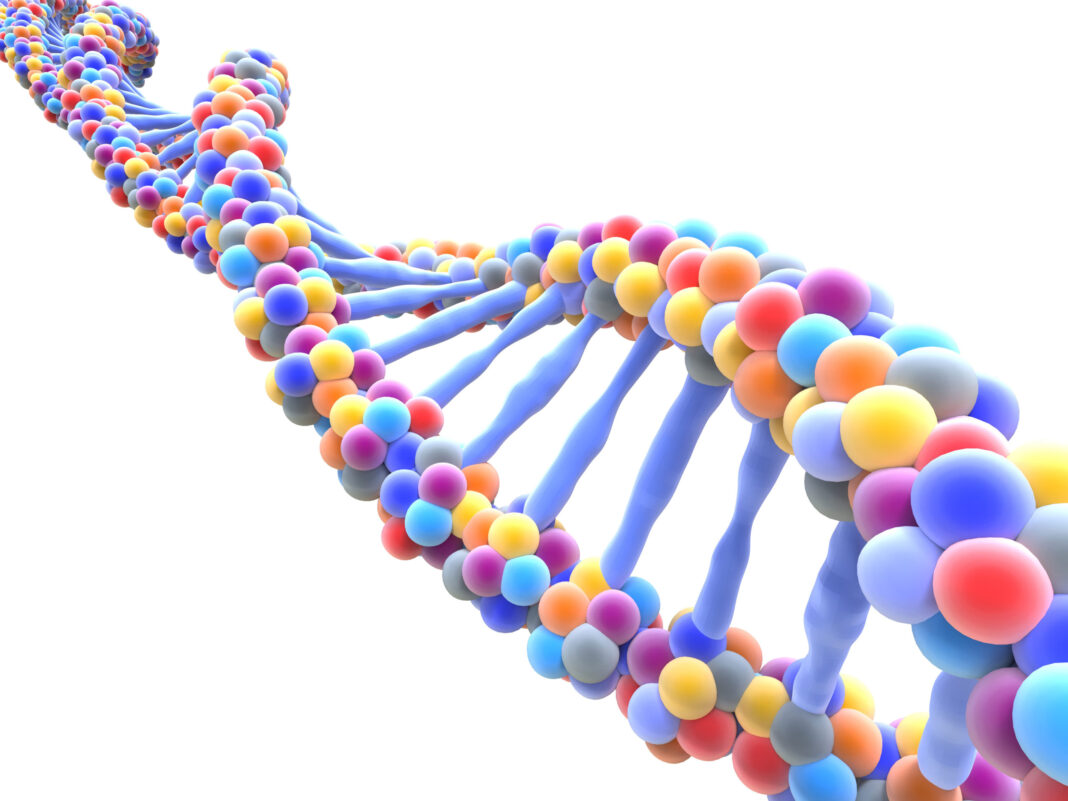Sponsored content brought to you by

Modern DNA/RNA sequencing technologies, known generally as “next-generation sequencing” (NGS) technologies, allow us to decode nucleic acid sequences in high throughput; therefore, much faster and cheaper compared with first-generation Sanger sequencing. Due to their ability to detect disease-causing mutations, NGS technologies are becoming increasingly important in personalized medicine.
Prior to sequencing, a DNA sample is fragmented and ligated to adapters to create a library. Sample amounts need to be properly adjusted to achieve optimal fragmentation. Furthermore, an accurate DNA quantification is critical when pooling different libraries. Hence, DNA quantification is a crucial step in the NGS workflow, and its quality is decisive for the depth, coverage, and reproducibility of the sequencing results.
While absorbance-based DNA quantification offers a straightforward approach which exploits the intrinsic high extinction of nucleic acids at 260 nm, fluorescence-based methods are the preferred method for NGS. They use fluorescent dyes which specifically intercalate with nucleic acid strands and generate high fluorescence signals upon binding, enabling the detection of DNA with higher sensitivity.
QubitTM represents the gold standard for nucleic acid quantification for NGS purposes. Next to Qubit, other systems like the Quant-iTTM PicogreenTM dsDNA quantification kit or the AccuBlue® NextGen dsDNA quantification kit are based on the same principle.
NGS has altered the scale and throughput of work with nucleic acids. Accordingly, the importance of increasing throughput in sample preparation—especially DNA quantification—is also growing. The available quantification methods can easily be transferred to higher throughput by using a microplate reader and 96-, 384-, or even 1,536-well plates instead of classical photometers or fluorometers, which can hold only one sample at a time.
Commonly used nucleic acid quantification methods were compared in the application note 352 (Figure 1A). Absorbance-based detection maps high concentrations well, whereas fluorescence-based methods cover the whole detection range.

While unfavorable in quantification, absorbance measurements show significant advantages in purity testing (see application note 362). Here, contaminant residues from sample extraction, like salts, phenol, proteins, or particulate substances alter absorbance at 230 nm, 260 nm, 280 nm, or 340 nm, respectively, leading to altered spectra (Figure 1B). BMG LABTECHS’s UV/vis spectrometer acquires spectra from 220–1,000 nm in <1 sec/well. This allows the examination of DNA purity at multiple wavelengths without additional time expenditure.
BMG LABTECH offers a wide range of single- to multi-mode microplate readers for nucleic acid quantification. The multi-mode readers FLUOstar® Omega, CLARIOstar® Plus, and Pherastar® FSX enable both absorbance- and fluorescence-based measurements with high sensitivity and in high throughput. After the recent advances in sequencing technologies, this enables nucleic acid quantification to be transferred into a rapid, accurate, and miniaturized format, too. Upgrading the methods for high throughput saves costs and time. By integrating microplate readers into automated workflows, operating time can be reduced even further.
If you are interested in further details about DNA quantification or purity determination, please contact us at [email protected] or visit us at www.bmglabtech.com

